Everyday Financial Scales
Each Student to World online course includes both text-based and video-based curriculum options. Both versions have the same content, so individual students can choose the method that works best for them.
Imagine you have an empty jar. You may call this a “piggy bank,” “savings jar,” “money box,” or another name, but the purpose of this jar is the same: to store your money.
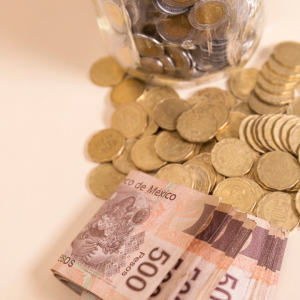
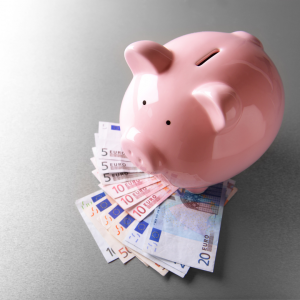
Now think about how much money you could store in it by the end of the week.
What is the reason you have the money that you do, in any amount that you have? Did someone give you money? Did you lend money to someone else? Did you just get paid for a job you currently do? Did you just spend all of your money to help cover family expenses? Does someone give you money regularly? Do you have access to a credit card or a bank account?
Whatever your answers to the above questions, they reveal your personal connection to the world of finance. Finance represents money management and the process of acquiring needed funds. It is important to know what finance means because everyone is impacted and influenced by the way finance happens in the world. As you consider a career in the finance industry, you will need to give careful thought and attention to the way your work would impact the financial circumstances of others and whether or not that impact contributes to a more just and sustainable world.
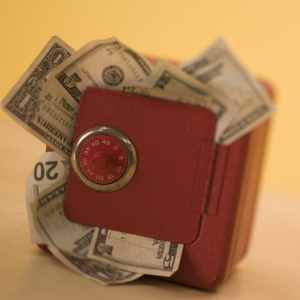
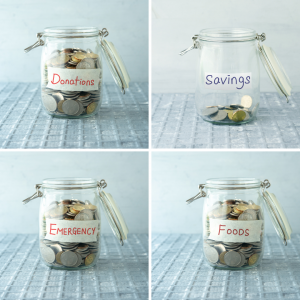
So, at the end of the week, everyone’s jar will have different amounts of money for a number of reasons.
Is the money you have considered the family’s money or your own money? Is there an expectation that you will donate money to charitable services? Is one family member responsible for the family finances, or is it a shared responsibility? Your and your family’s values, and economic needs will impact how much money is in your jar as well as what you can use it for.
Let’s watch the video below to explore how youth around the world learned about money.
About This Course
This course was created by our unique, youth-led global internship program. Visit the course page to view learning objectives, standards alignments, content formats, and more.
Register
Teachers, Educators, & Leaders
Create an account and invite students or youth participants.
Students
If your teacher or group facilitator gave you a code.
Independent Learners
Take a course on your own.
Already have an account?
How your country and community treat people of your age, race, gender, religion, ethnicity, and ability/disability status plays a part in determining how much money you are able to place in your jar. All of these factors contribute to your family, community, country, and personal financial status. This financial status, along with the status of the rest of the world, reveals the differences and similarities in financial status and displays a global challenge of financial inequality.
Financial inequality exists between countries and within countries, between communities and within communities, and between families and sometimes even within families. To put it simply, the circumstances you just happened to be born in are the first factors that determine your financial standing.
When you think about the money you may or may not put in your jar at the end of the week, do you consider yourself rich or poor? Where does your understanding of the words rich and poor come from? Who are you comparing yourself to? Does your perception change if you compare your finances to someone from the same country as you? What about from a different country? What if you compare your finances to someone of a different gender, race, ethnicity, and ability/disability status?
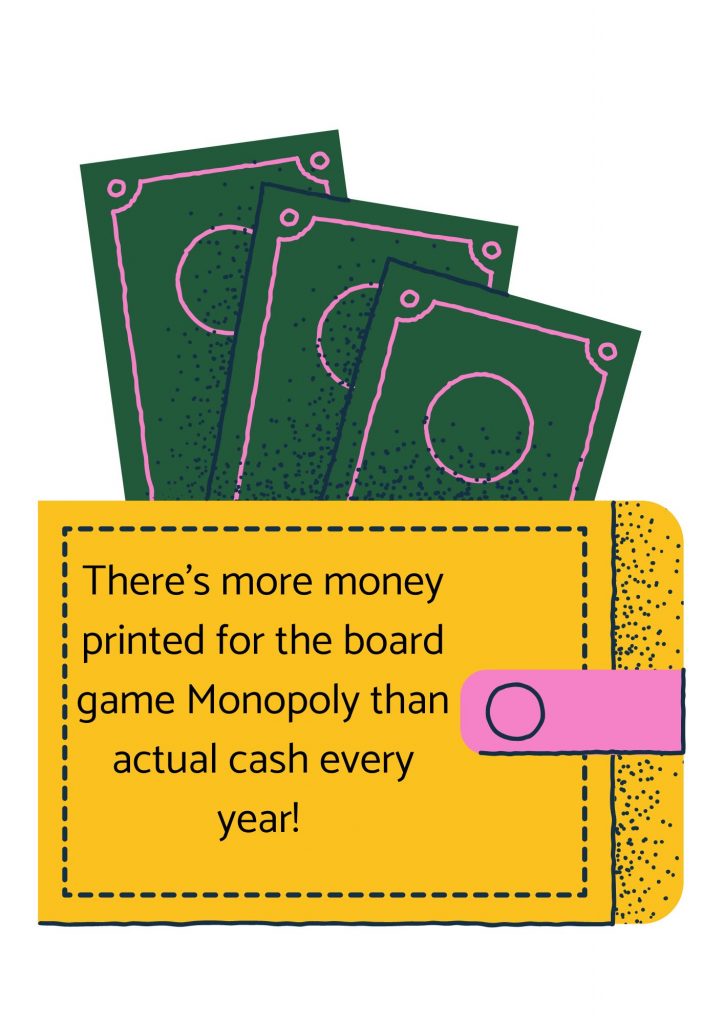
Financial inequality affects not just individuals but the whole world.
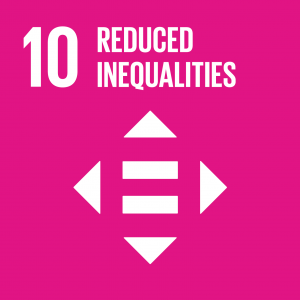
“Inequality threatens long-term social and economic development, harms poverty reduction, and destroys people’s sense of fulfillment and self-worth”
Creating a just and sustainable world is not possible without reducing financial inequalities around the world.
Imagine you decide to pursue a career in Human Resources. Your responsibilities would be connected to the administrative functions of your employer, with one of those responsibilities being to determine the wages for various employee positions. How could you apply your knowledge of financial inequalities and their impact on the economy, to your work in Human Resources?
Let’s consider one specific example.
Financial inequality of pay based on gender.
Historically, around the world, women have earned about 60% of what the average man earned. However, in the 1970s there was a significant increase in the earnings of women, but this increase eventually plateaued in 2005 and has remained largely unchanged.
Family dynamics is another factor to consider in financial inequalities. In many countries, particularly in Sub-Saharan Africa and Asia, a large fraction of women are not involved in household decisions about spending their personal earned income. This pattern is most prevalent in low-income households within low-income countries.
In 2016, Our World in Data compiled data on the participation of women in purchasing decisions in the home. The graph below represents the participation of women between the ages of 15 to 49 throughout countries in Africa, Asia, Europe, North America, and South America.
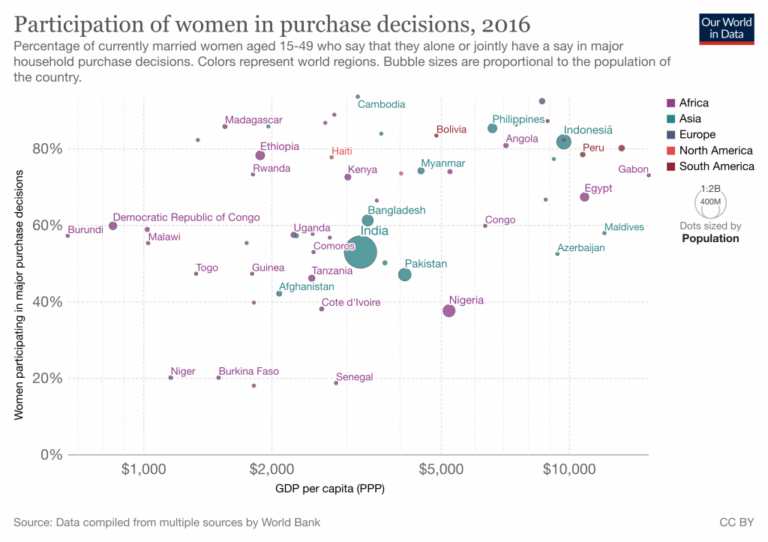
Text description: A graph shows the participation of women in purchase decisions in 2016 around the world. On the Y axis the percentage of women participating in major purchase decisions and the X axis represents the GDP per capita. Each dot on the graph represents a different country and the size of the dot represents the population size of that country. At the top of the graph with the highest percentage of women participating in purchase decisions are countries like Cambodia, Madagascar, Bolivia, and the Philippines. At the bottom of the graph with the lowest percentage of women participating in purchase decisions are countries like Niger, Burkina Faso, and Senegal.
From the graph, we can observe that countries with a lower GDP (Gross Domestic Profit) per capita also have a wider range in the percentage of women participating in purchasing decisions, with Niger, Mali and Senegal having the lowest percentage of participation. Whereas, countries with a higher GDP also have higher percentages of women participating in purchasing decisions as illustrated by Gabon, Colombia, and the Dominican Republic.
Economic inequalities between men and women manifest themselves, not only in terms of wages earned but also in terms of assets owned. Nearly all low and middle-income countries, with available data, show that men are more likely to own land than women. Closely related to the issue of land ownership is the fact that in several countries women do not have the same rights to property as men.
Another responsibility of Human Resources is to contribute to defining work culture and establishing any additional employee benefits. With your knowledge of financial inequalities based on gender, the work culture and employee benefits you set for your employer would contribute to reducing gender-based financial inequalities.
“Gender equality is not only a fundamental human right but a necessary foundation for a peaceful, prosperous and sustainable world.”
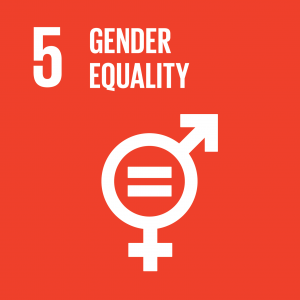
This goal reminds us that to create a more equitable world we must:
- “End all forms of discrimination against all women and girls everywhere”
- “Recognize and value unpaid care and domestic work through the provision of public services, infrastructure, and social protection policies and the promotion of shared responsibility within the household and the family as nationally appropriate”
- “Undertake reforms to give women equal rights to economic resources, as well as access to ownership and control over land and other forms of property, financial services, inheritance, and natural resources, in accordance with national laws.”
Now that you’ve learned about a specific example of financial inequality, thought about how it shows up in gender dynamics within our families, communities, and society, and considered how this knowledge would inform your future, professional decisions; it’s time to explore more examples from your global peers!
You’re ready to explore…
To explore stories and resources, register for this course!
Register
Teachers, Educators, & Leaders
Create an account and invite students or youth participants.
Students
If your teacher or group facilitator gave you a code.
Independent Learners
Take a course on your own.
Already have an account?
About This Course
This course was created by our unique, youth-led global internship program. Visit the course page to view learning objectives, standards alignments, content formats, and more.
Register
Register
Teachers, Educators, & Leaders
Create an account and invite students or youth participants.
Students
If your teacher or group facilitator gave you a code.
Independent Learners
Take a course on your own.

